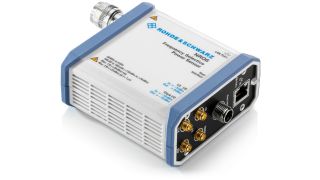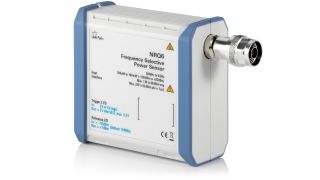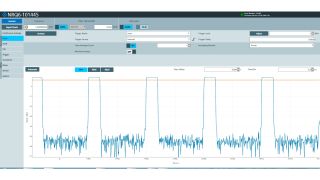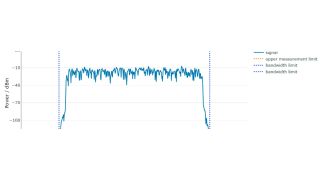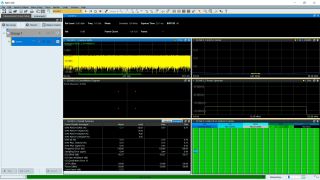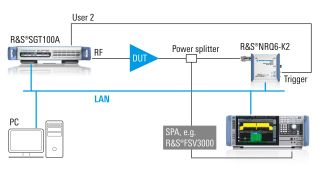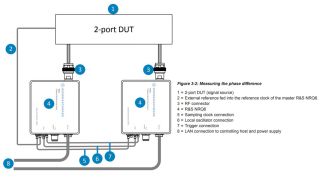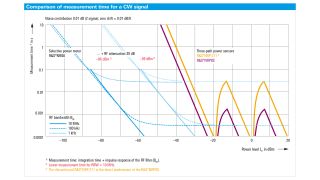Key Facts
- Frequency selective power measurements from 50 MHz to 6 GHz
- Power measurement range: -130 dBm to +20 dBm
- 100 MHz measurement bandwidth
- I/Q data capturing for RF vector signal analysis
- Phase coherent measurements for low-power modulated signals



